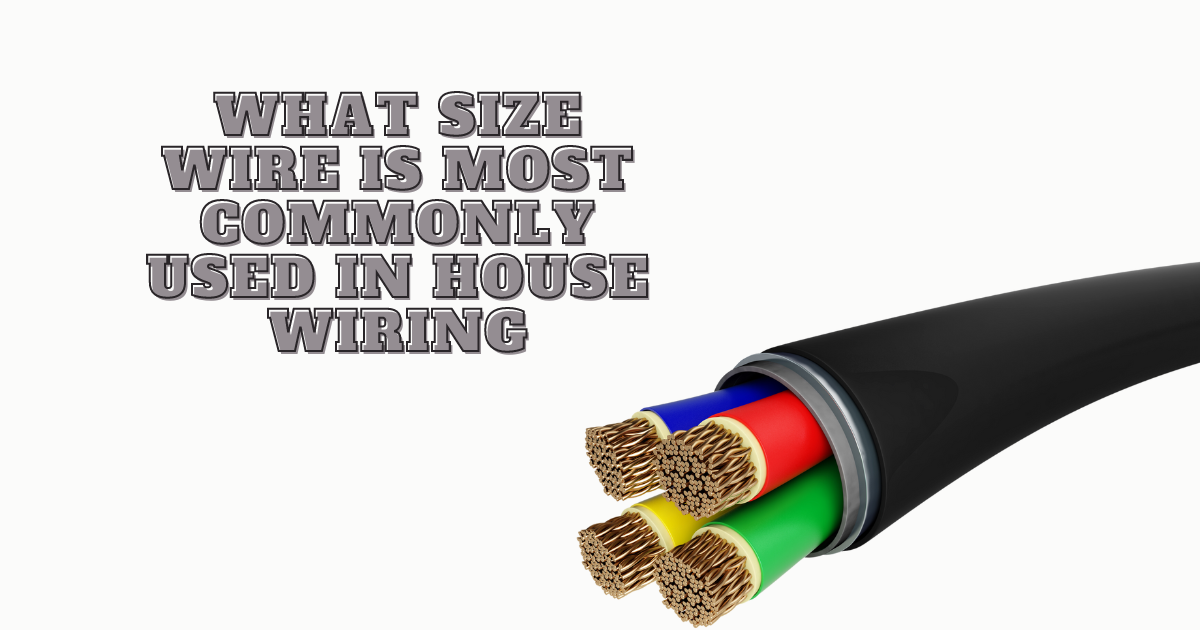Too Many Requests from Your Network
Please complete verification to access this content.
In this blog post, we examine the wire sizes most commonly used in house wiring and discuss the factors influencing their selection to ensure safety, functionality, and compliance with electrical codes.
Wire Gauge Understanding:
Wire gauge is a measure of the wire’s diameter, and it determines a wire’s ampacity (the amount of current it can safely carry) and its suitability for specific electrical applications.
Wire sizes commonly used in house wiring:
AWG (American Wire Gauge) 14:
It’s typically used for lighting circuits and smaller household appliances and can handle up to 15 amps of current.
AWG 12:
Generally, 12 AWG wire is employed for household circuits, such as power outlets and appliances. It can carry up to 20 amps.
AWG 10:
This larger wire is used for high-amperage applications, such as electric stoves, water heaters, and air conditioners. It can handle currents up to 30 amps.
AWG 8 and below:
These wire sizes are typically reserved for high-amperage circuits, such as subpanels or heavy machinery.
What is the correct wire size for a circuit?
A circuit’s wire size can be determined using the following formula:
(Amperage) / (Voltage drop) = Wire size
A circuit’s amperage is the amount of current it will carry, while its voltage drop is the amount of voltage it will lose as it travels through the wire.
Use a larger gauge wire to minimize voltage drop, as it can reduce the performance of electrical devices.
In conclusion
Generally, house wiring uses 14 gauge wire. However, in some cases, larger gauge wire may be necessary. The size of the wire needed for a particular circuit will depend on the amount of current it will be carrying.
It is always best to consult a qualified electrician if you still need to determine what size wire to use.
